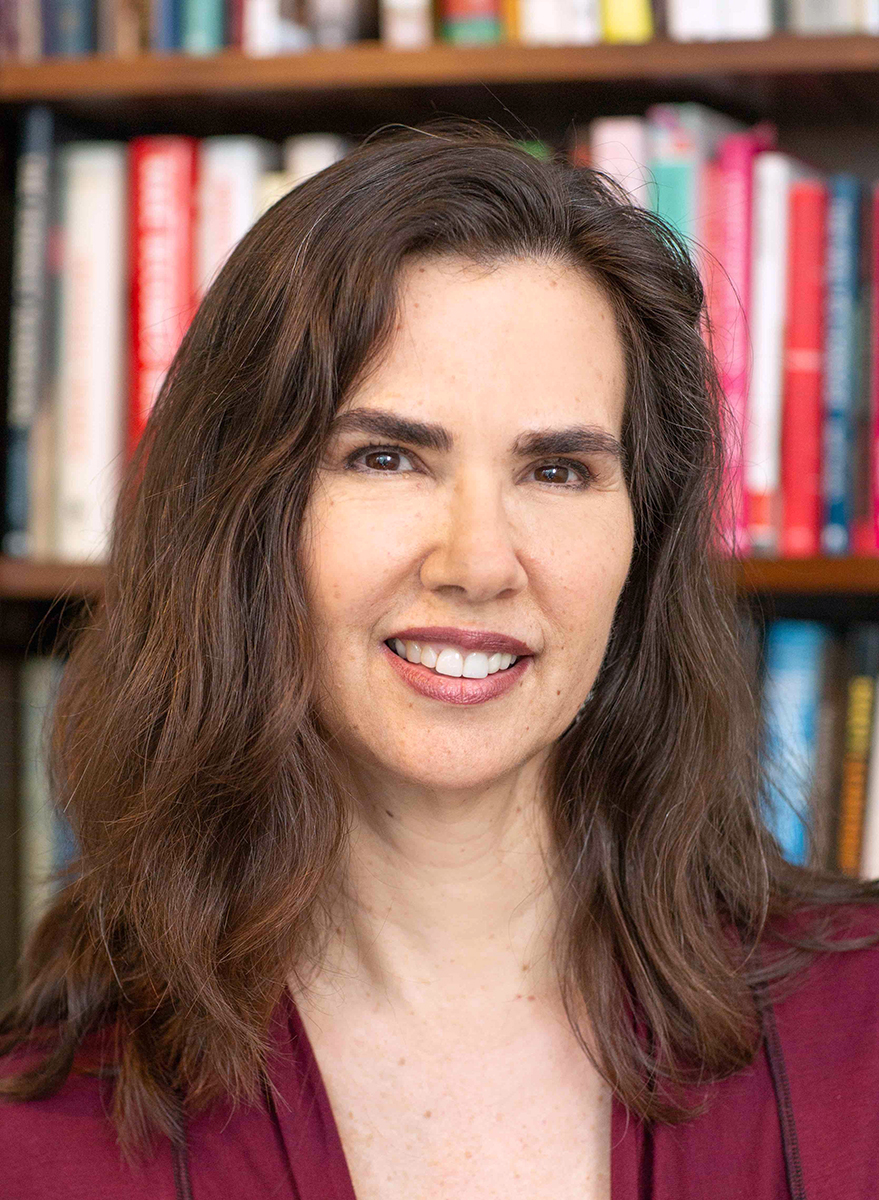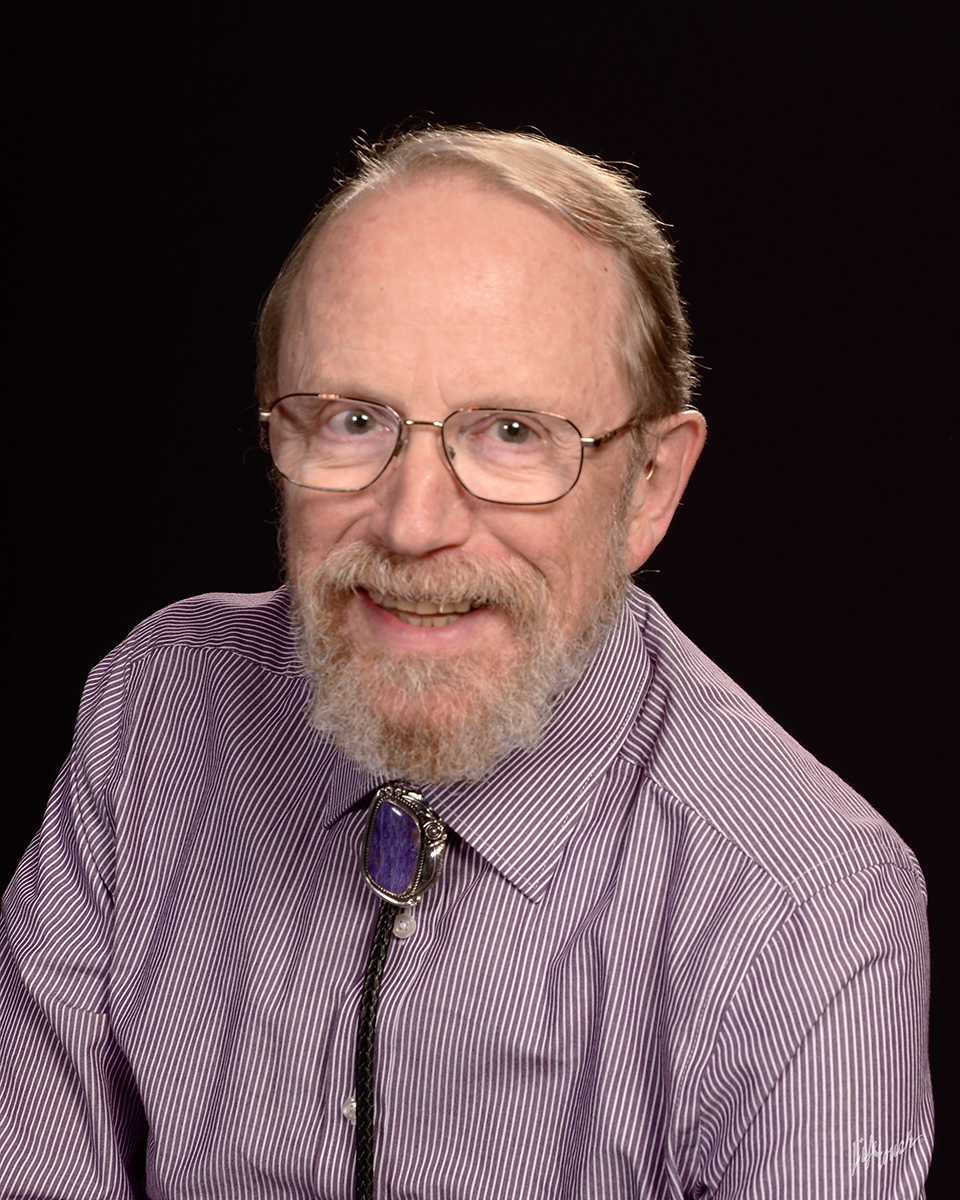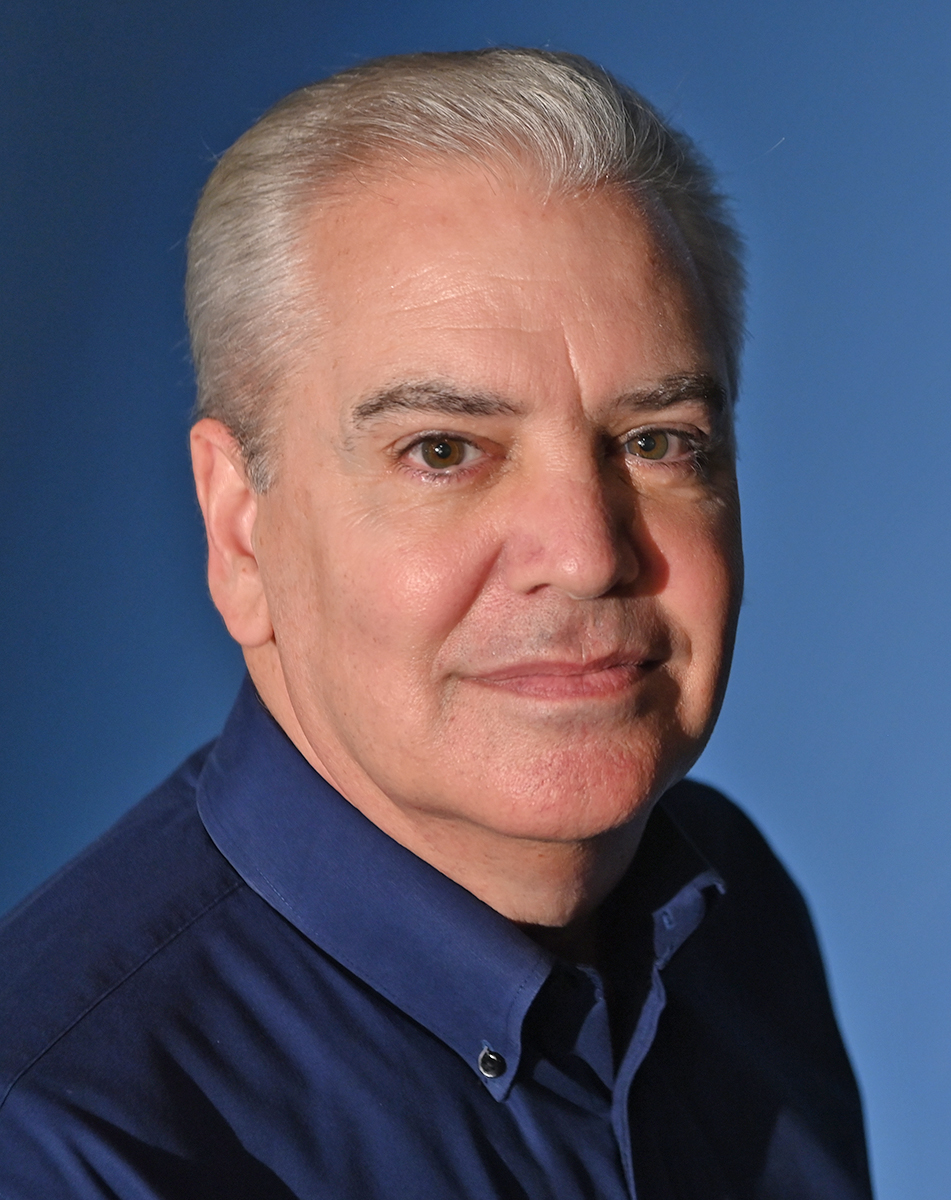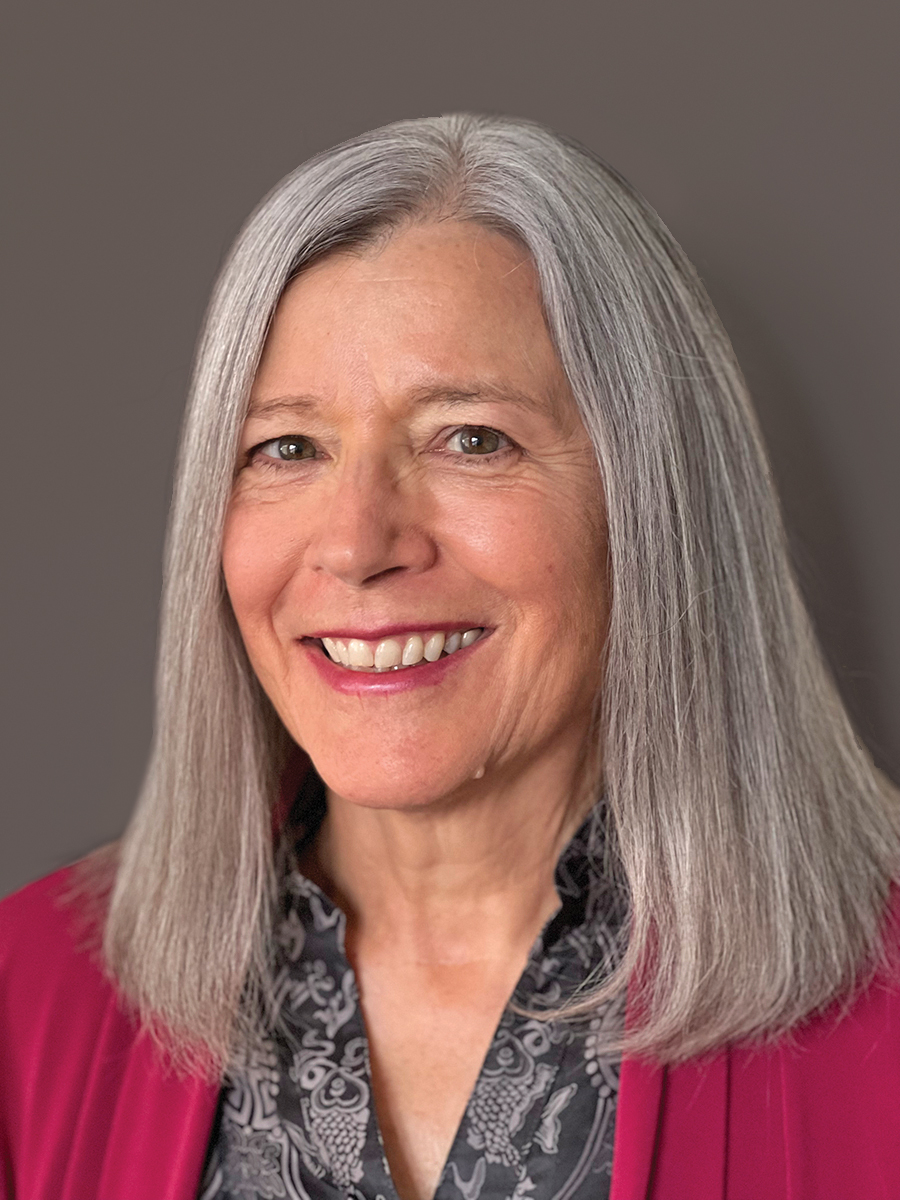Q&A with the Author
Congratulations on the publication of Mindful Self-Compassion for Burnout—a much needed resource at the moment! According to surveys, between one-third and three-quarters of people worldwide are burned out. Why do you think burnout is so prevalent right now? Have you experienced it personally?
There is more stress in our lives than ever. Whether it's the stress we all faced recently due to the global pandemic, our current economic, political and climate woes, or the constant bombardment of information over the internet, we live in a time of chronic stress. When the stress we experience exceeds our ability to cope with it, we do three main things: We become exhausted, we start to shut down and care about things less, and we judge ourselves to be incompetent. These are the three main characteristics of burnout.
I have certainly teetered on the edge of burnout many times. Perhaps the closest I came was when schools shut down during the pandemic and I had to make a living as a single mom and help my autistic son go to school over zoom while keeping us both safe. I know without a shadow of a doubt that it was my long-standing practice of self-compassion that kept me from going over the edge, which is why I was inspired to co-write this book.
My coauthor, Christopher Germer, also struggled during the pandemic. For him, burnout occurred because his values shifted during the pandemic and his heart wasn’t in his work anymore. Self-compassion gave him the conviction and courage to change how he was working, especially permission to meditate each morning to his heart’s content. These days, he is still doing the same work and enjoying it a whole lot more.
In the book, you talk a lot about “tender” and “fierce” self-compassion, and how—especially in the face of burnout—we need both. Can you explain the difference between tender and fierce self-compassion?
Self-compassion refers to the motivation to alleviate suffering by showing up for ourselves in a helpful and supportive manner when we struggle. In my model there are three main components to self-compassion—mindful awareness of our pain, a sense of shared humanity, and kindness toward ourselves. Tender self-compassion alleviates suffering through the power of acceptance—comforting, soothing, and validating ourselves in the imperfection of life. Fierce self-compassion alleviates suffering through the power of action—protecting ourselves from harm, meeting our needs, and motivating change.
When we are burned out, we need to accept and care for ourselves tenderly to heal and recharge. But we also need to take action and address the causes of burnout—drawing boundaries with those who ask too much of us, meeting our own needs, and changing unjust or ineffective systems that are exacerbating burnout. If we are only tender toward ourselves when we are burned out and don't take action we might become complacent, but if we only take fierce action and don't accept the imperfection of life we are going to exhaust ourselves even further. It's like yin and yang, we need both to be in balance.
A particular focus of Mindful Self-Compassion for Burnout is burnout in caregivers. How can self-compassion help those of us in the sandwich generation, who are simultaneously caring for aging parents and young children?
People who care for others professionally, or for young or elderly members of our family, are especially vulnerable to burnout. When we care for others in pain, not only does it take time and effort, we also empathically feel the pain of those we are caring for. This means we take on the emotional burdens of others. If caregivers just direct their compassion outward, they will inevitably become depleted and exhausted. That's why self-compassion is crucial for caregivers. Our care must flow inward as well as outward to have the resources to maintain caring for others.
The more self-compassionate we are, the more energized we are. We also become a compassionate presence in the world that helps everyone we encounter. I am the primary caretaker for my 22-year old autistic son and 82-year old mother who lives next door, so I know firsthand the stress of being in the sandwich generation. When this stress arises, the first place I direct my attention is inward, supporting myself and my feelings of overwhelm, allowing myself to be imperfect and take one step at a time. This is what allows me to carry on.
Numerous outlets, including Slate and The New York Times, have recently reported on the rise of workplace burnout. How might Mindful Self-Compassion for Burnout be utilized in a professional setting? Is the book an appropriate tool for human resource or personnel departments?
Self-compassion is highly relevant for workplace contexts. Chronic stress in the workplace not only harms individuals by creating burnout, it reduces productivity and increases turnover rates. Research shows that when workers are more self-compassionate, they become less stressed, are more productive, have fewer sick days, and are less likely to leave their jobs. Self-compassion provides strength and resilience when our resources are taxed. Our book in particular offers lots of easy, simple exercises to use in those difficult moments to support ourselves in an effective manner. It's empirically based and would be a great resource for any HR department to offer to workers.
Mindful Self-Compassion for Burnout is broken into 23 chapters, each culminating with a simple anti-burnout tool based on MSC practices. What are the benefits of structuring the book in this way? Can you share one or two of the anti-burnout tools?
We wanted to make sure that this was a practical book that directly helped people recover from burnout, rather than just talking about burnout intellectually. Each chapter is short, entertaining, and concludes with a tool that people can easily use in their daily life to give themselves compassion. One example is a practice we call the Self-Compassion Break, which guides people to evoke mindful awareness, recognition of common humanity, and self-kindness when they feel burned out. Here's how to do it:
- Please sit or lie down in a way that makes you feel comfortable and relaxed.
- Bring to mind an aspect of burnout that is challenging you right now, especially one that calls for kindness, warmth, or self-acceptance. For example, maybe you are feeling inadequate, drained, depleted, hopeless, or numb. Also, please choose a difficulty that isn’t overwhelming, so you won’t get derailed during this practice.
- As you think about this burnout experience, allow yourself to feel the stress or discomfort that arises in your body. Where do you feel the most discomfort? See if you can allow the experience to be there, if only for a moment, knowing that’s how burnout feels.
- There are three phrases that you can say to yourself—silently or out loud—that are designed to bring loving, connected presence to your experience of burnout. Although specific words will be suggested, the goal is to find language that works best for you.
- The first phrase is meant to help you be mindfully present with the pain of burnout. Try saying to yourself, slowly and calmly, “This is a moment of suffering.” If this language doesn’t feel quite right, see if you can come up with some other way of expressing this message, such as “This is hard,” “I feel so stressed and exhausted,” or “I’m really hurting.”>
- The second phrase is designed to remind you of your common humanity. Try saying to yourself, “Burnout is a part of life.” Other options are “I’m not alone,” “We all face stress in our lives,” or “This is how it feels when a person is burned out.”
- Now, put your hands over your heart, or any place on your body that feels soothing, feeling the warmth and gentle touch of your hands.
- The third phrase calls in the power of love and kindness. Try saying with tenderness, “May I be kind to myself in this moment.” Other options might be, “May I accept myself as I am,” “May I be understanding and patient with myself,” or, “I’m here for you.” If it feels comfortable, you can even try saying, “I love you.”
- If you’re having difficulty finding the right words, imagine that a dear friend is having the same experience you are. What would you say to that person, heart to heart, to soothe and comfort them? Can you offer the same message to yourself?
- Before you end this practice, please take a moment to notice how you feel in your body, allowing your experience to be just as it is, and allowing yourself to be just as you are, right here and right now, if only for this one moment.
Thank you so much! Now that the book is out, is there a project that you are excited to work on next (a presentation, a workshop, writing another book, etc.)?
I have launched an exciting new membership platform called the Self-Compassion Community (self-compassion.org). I wanted to create a way for people to learn self-compassion with the help and support of others. I hold live events where people can ask me questions, special guests like Tara Brach and Dan Siegel share their wisdom, we have free introduction to self-compassion sessions, people can attend small group mentor sessions, there are videos, guided practices, and much more. I'm really happy with how this community is helping people open their hearts to themselves and am jazzed about the directions the community may take in the future.
Chris recently developed another self-compassion course, along with a team of senior self-compassion teachers, specifically to alleviate the impact of shame in our lives. In his view, self-compassion is an especially good antidote to both burnout and shame. He is currently in the middle of writing a book about this training, styled after the burnout book, and it will be published by Guilford Press in 2026.
See all titles by and read more about Kristin Neff on her author page!














